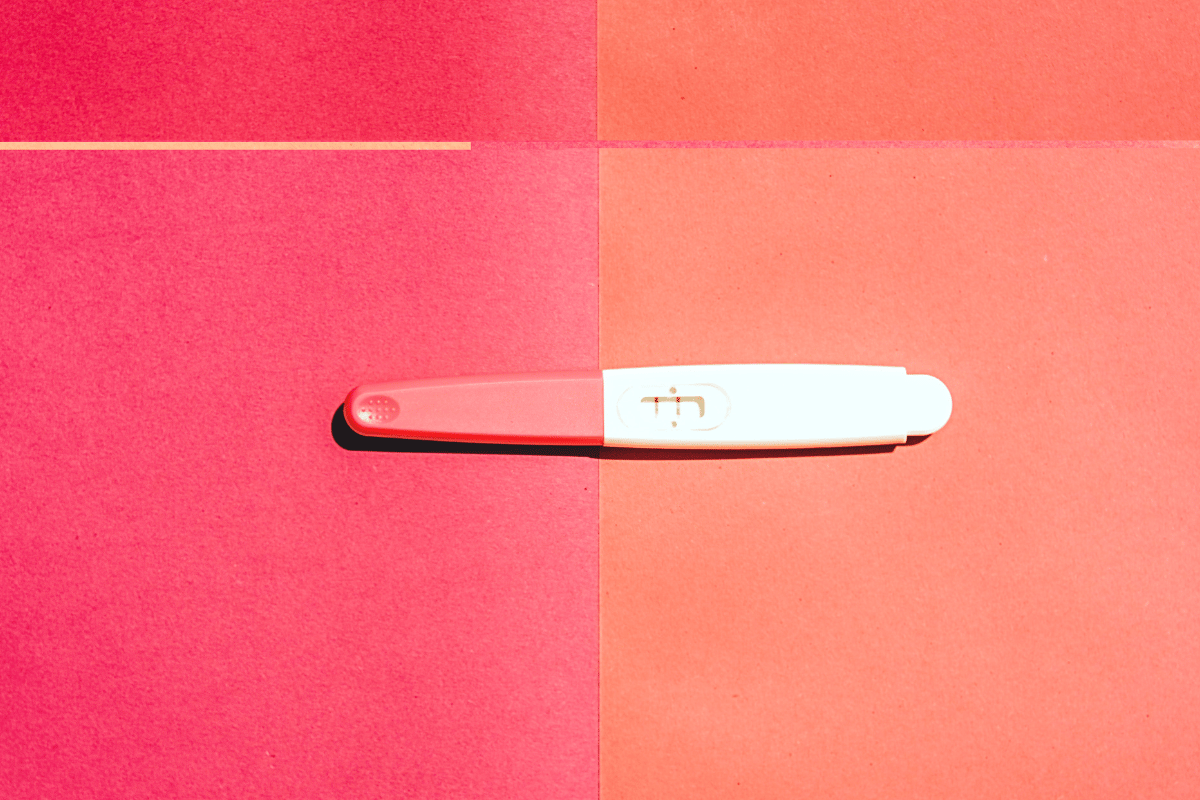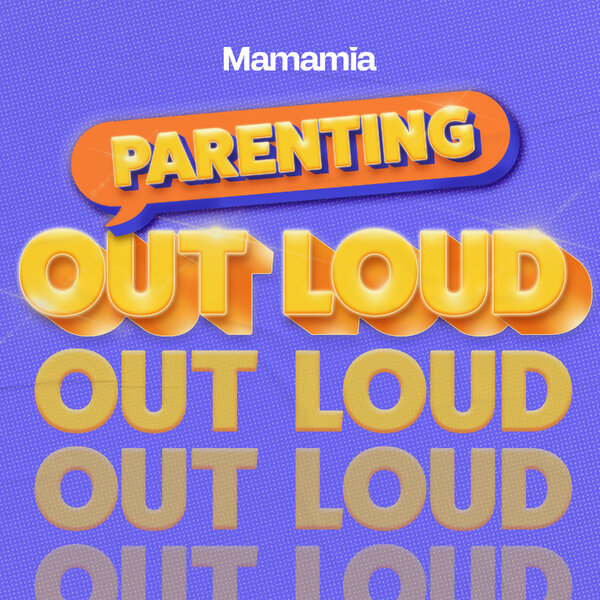
Welcome to Mamamia's Well Fact Sheets, where leading experts provide clear, evidence-based information on the topics that matter most to women's health. Each month, we cut through the noise and misinformation to deliver straightforward facts and practical advice you can trust.
Here, we're tackling the full spectrum of women's health concerns — from fertility and sleep to mental wellbeing, skin health, and essential health checks.
Consider this your go-to resource — a place that puts you in control of your wellbeing. Because when we understand our bodies better, we can advocate more effectively for ourselves in healthcare settings and make choices that support our overall health.
Learning about your fertility can seem overwhelming and complex — there is so much information out there, and it's hard to know the best way to optimise your odds of falling pregnant.
It's natural to feel anxious at the start of your fertility journey, as the outcome is unknown and unpredictable, with the 'two-week wait' after ovulation seemingly endless in duration.
This fact sheet will help in your fertility planning and simplify the process for you.
A lot of the information below applies to heterosexual couples hoping for spontaneous conception, yet we are lucky in Australia that there are options for same-sex couples and solo patients who would like to become parents.
Your GP can discuss these options with you and organise any referrals that may be needed.
What do I need to know about fertility before trying to get pregnant?
The first thing to understand as a female patient is your menstrual cycle.





























































































